

Damion Smy
China introduces “no fire, no explosion” EV battery standards
1 Hour Ago
The future is electric – except when it’s too expensive.
According to the Royal Automobile Club of Victoria’s annual survey of more than 1000 Victorians in May 2020, interest in electric vehicles has surged to 60 per cent – up 13 per cent from last year.
Despite this, the high price tag of EVs is a key detractor, and more than half of respondents said there’s a lack of choice in pure-electric models Down Under.
For context, the cheapest electric car is the outgoing Renault Zoe at a runout sticker price of $49,990 drive-away with a home wall box charger.
When the ageing compact car depletes its stock, it will position the forthcoming MG eZS small SUV as the most affordable EV at $46,990 drive-away. That’s still not particularly cheap. The same base internal-combustion engine MG ZS costs half the price.
With Australia’s motoring industry body imposing a voluntary industry emissions standard, it will hopefully place pressure on car manufacturers to diversify and lower the impost into EV ownership Down Under.
Note: The Peugeot e-208 and Honda-E have been excluded from this story as they are unconfirmed for Australia as at publication.
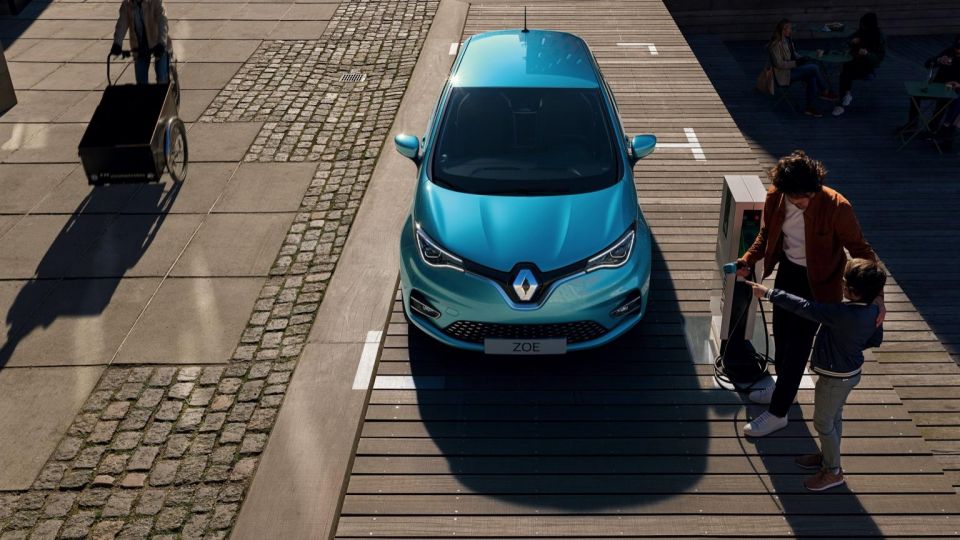
Technically, the Renault Twizy is classified as a motorbike, but with nearly 30,000 sold in Europe since its inception in 2012, it’s hard to ignore.
The Twizy is priced from $11,530 (€6,990) before on-road costs with a maximum speed of 45km/h from the measly 4kW electric motor on the base model. Step up the range and figures jump to 80km/h maximum from a 13kW motor.
Sure, the Renault Twizy is a glorified motorbike with the basics like doors, plastic windows, and a 180-litre boot (replacing the rear passenger seat) on the options list, but it would be appropriate for fleets like city councils in Australia.
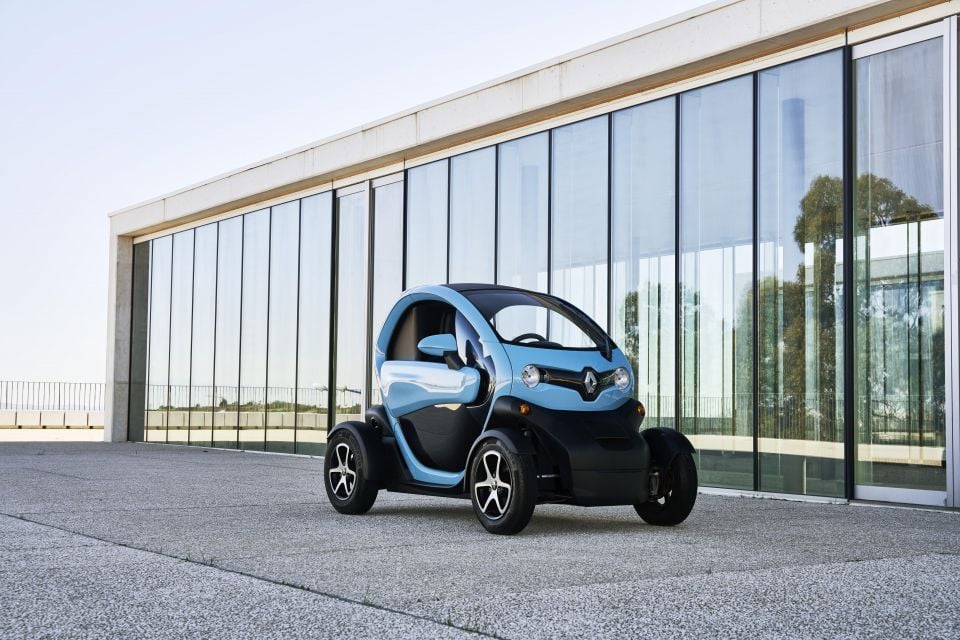

As for a true pure-electric passenger car, the Renault Twingo ZE is a cute city car starting at around $40,900 (€24,790). The electrified hatch is due in European showrooms this December, with a design that’s strikingly similar to a Fiat 500.
It contains a usable 21.3kWh battery outputting 60kW and 160Nm. This results in a 180km range on the Worldwide Harmonised Light Vehicles Test Procedure (WLTP) cycle.
Let’s also not forget the Renault Zoe. With the local arm moving into a SUV focused line-up, Renault has ditched Australia’s only pure-electric light car.
The heavily updated version (previously earmarked for Australia), would bring much needed technology and safety features to the model. In Europe, the entry-level Zoe ZE 40 has a 41kWh usable battery capacity.

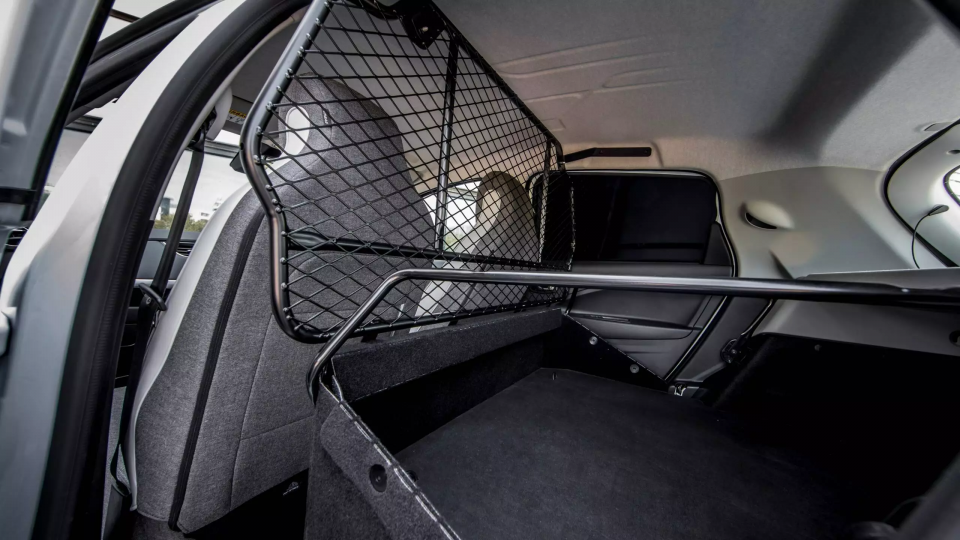
It has a WLTP range of 300km, and starts around $48,200 (€29,234).
But what if you want a city car, and still load things for work? Meet the oft-forgotten Renault Zoe Van.
With the same basics as the standard supermini model, it removes the back seats and windows, and adds a roll cage to yield around 1000 litres of cargo space and a maximum payload of 387kg.
The Renault Zoe Van is priced from around $44,500 drive-away(£24,480) for private buyers, placing it below the only bona fide battery electric light commercial van in Australia, the Renault Kangoo Z.E. at $49,990 before on-road costs.
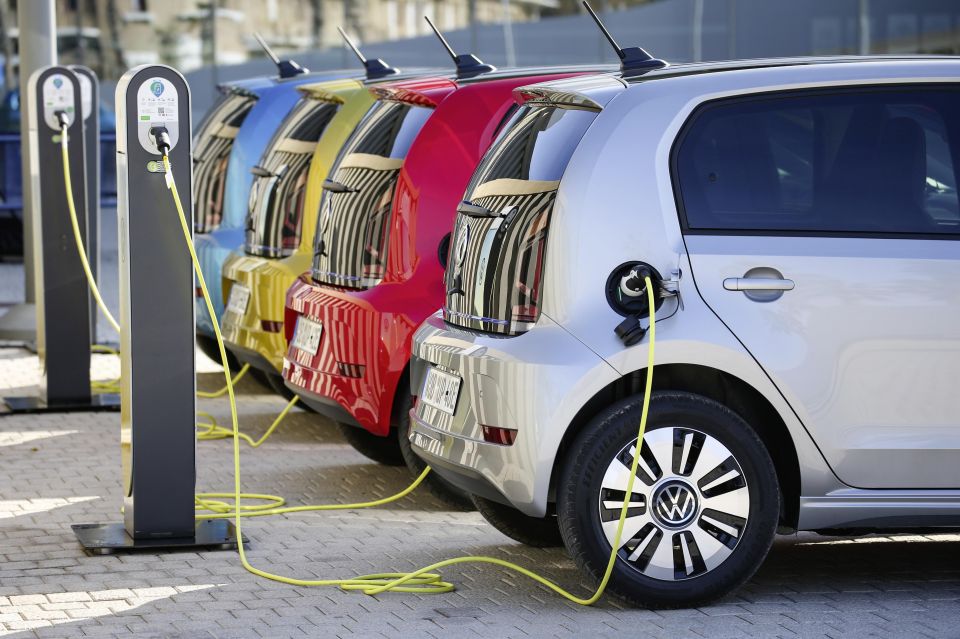
In European markets, the Volkswagen Group sells a triplet of micro electric hatches, though none of them have made it to Australia. The Seat Mii Electric, Skoda Citigo-e iV and Volkswagen e-Up! all ride on the same underpinnings and use the same battery pack.
Interestingly, the models have been adapted from an internal-combustion engine version, but in the case of Skoda and Seat the petrol engines have been discontinued.
Affordability is the focus of all three models, so there’s only the bare essentials – no touchscreen infotainment, auto emergency braking (AEB), nor roll down electric rear passenger windows.
All models use a 32.3kWh usable battery, which should last 258km on the WLTP test cycle.

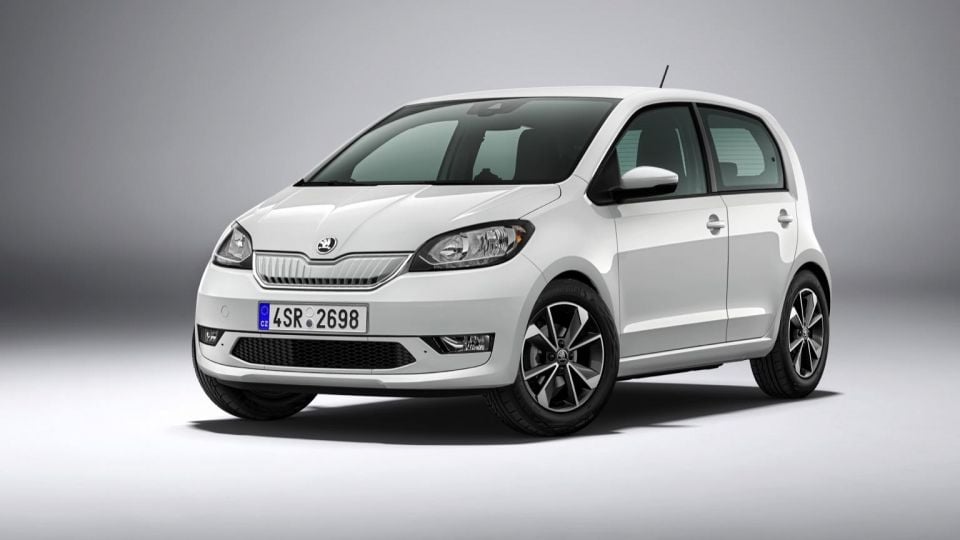

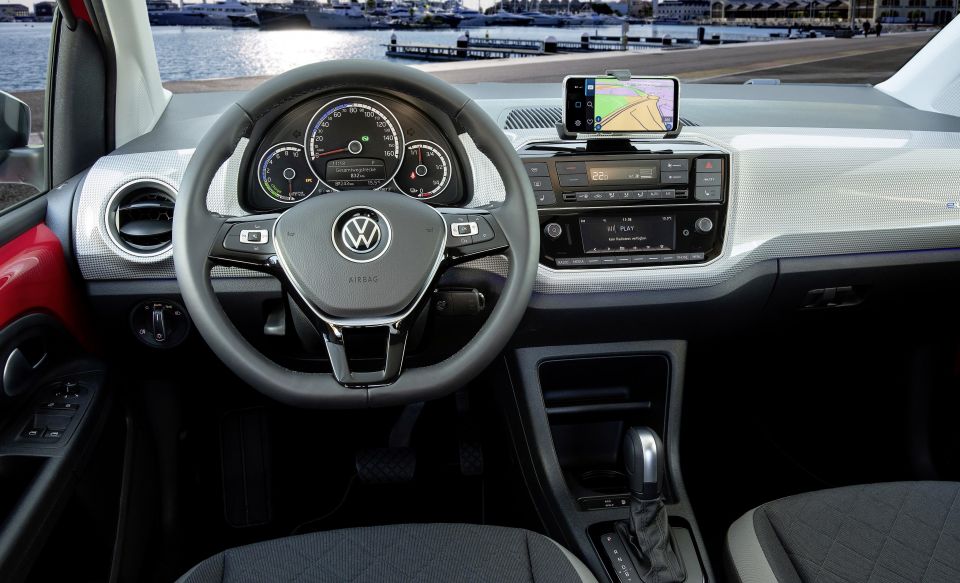
The Seat Mii Electric is the price leader, starting from around $33,200 (€20,129), with the Volkswagen e-Up! from $35,400 (€21,421), and Skoda Citigo-e iV trailing at $40,500 (€24,534).
Sure, the Kia Picanto can give you more equipment and value for half the price, but this is the reality of battery-electric mobility (at least for now).
In fact, the same guise of the Volkswagen Up! was briefly sold in Australia until 2015 due to dwindling sales. There were also plans to bring the former petrol-powered Skoda Citigo, though plans were shelved.

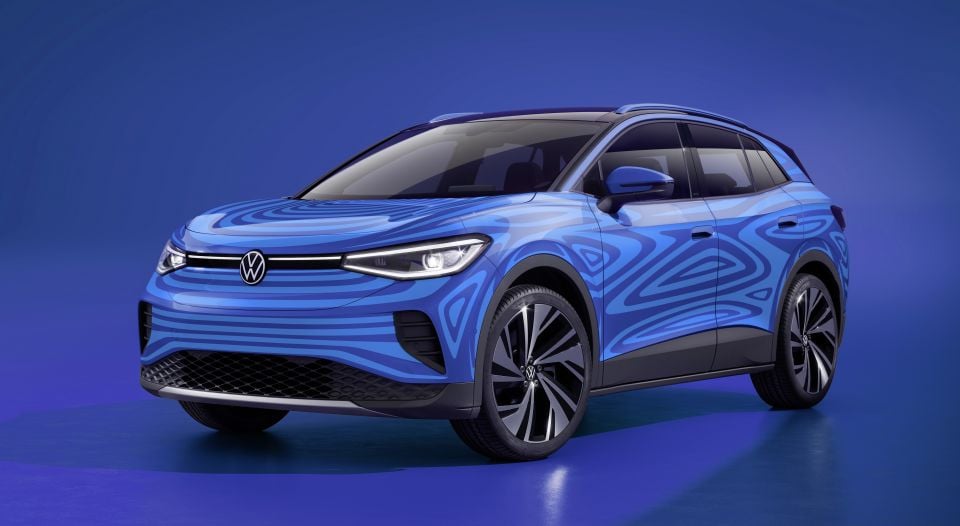
Australia will also need to wait out on the just-released Volkswagen ID.3 hatchback, with the local arm favouring the more expensive ID.4 crossover SUV instead due to our SUV-loving market.
We’ll need to wait after the ID.4’s local debut in 2022 or 2023, which will most likely force the ID.3 to launch at the later end of its product life cycle or in a new generation guise when it finally lands Down Under.
In Europe, the Golf-sized electric car is currently priced from $49,500 (€30,000).
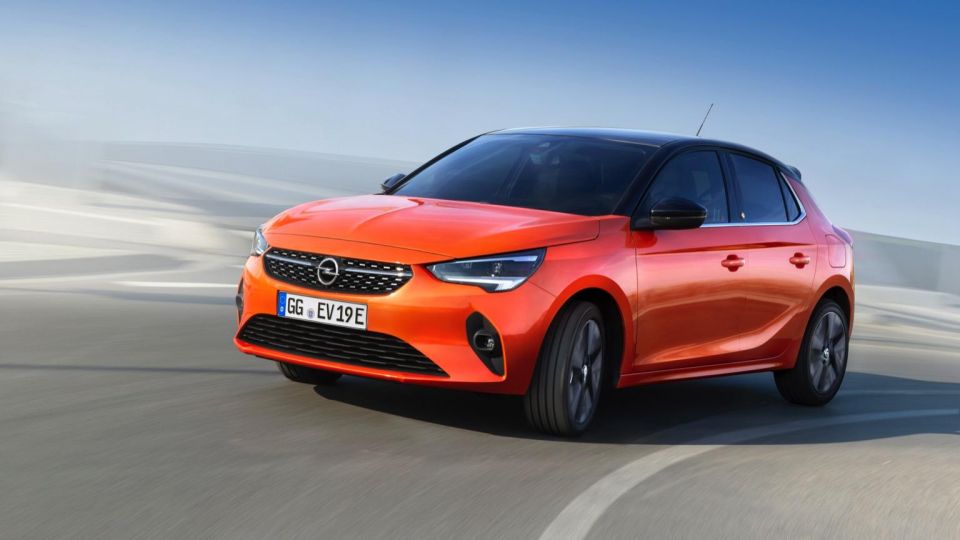
The avant-garde Peugeot e-208 is on the cards for Australia, though we do miss out on its more conservative sibling, the Opel/Vauxhall Corsa-e.
It is priced from around $48,00 (€29,146), which includes a sizeable 45kWh usable battery that can last 330km on the WLTP cycle.
There’s 100kW of power on tap and 260Nm of torque driven to the front wheels.
In Europe, the Corsa-e is slightly cheaper than the Peugeot e-208. However, the fact that the Opel brand no longer exists in Australia rules out the Corsa-e entirely.

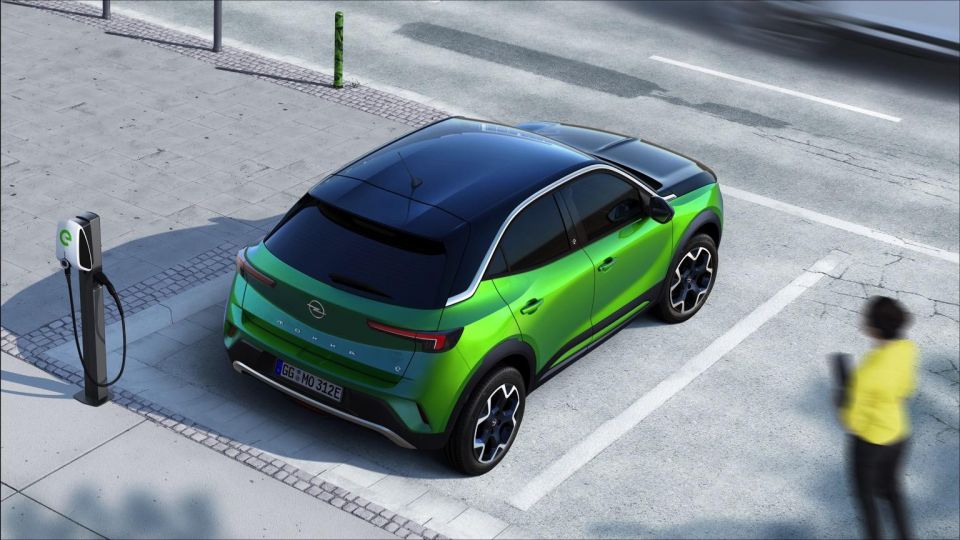
Furthermore, the Opel/Vauxhall Mokka-e – spiritual successor to the Holden Trax – was recently announced with a 45kWh usable battery and 322km WLTP range.
Being a small crossover SUV, it would make it particularly attractive for Australian consumers. It is underpinned by the same Common Modular Platform (CMP) found in the PSA Groupe’s latest electric vehicle onslaught – the Opel Corsa-e, Peugeot e-208, Citroen-C4 and DS 3 Crossback.
Actual pricing hasn’t been announced, but it is expected to cost approximately $57,700 (€35,000) when it launches in Europe next year.
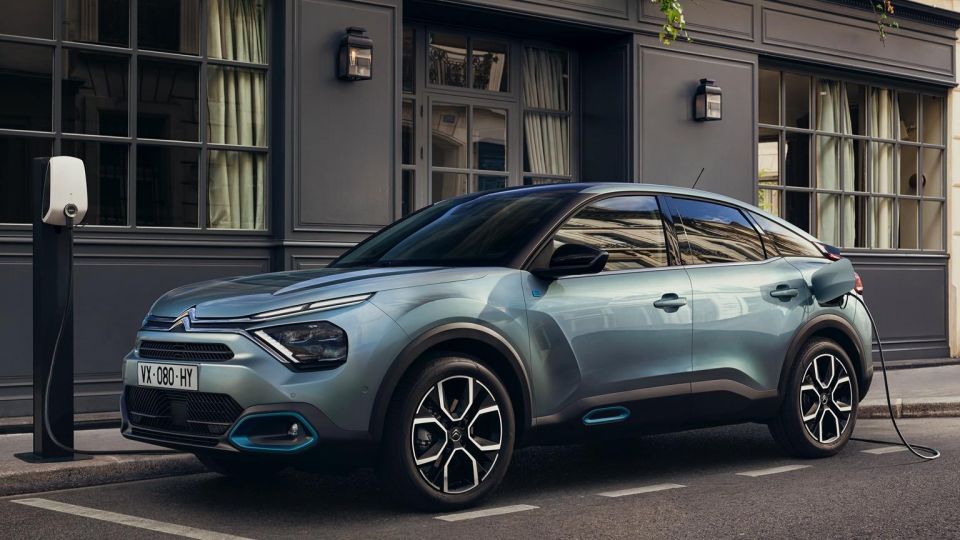
Replacing the controversially-designed Citroen C4 Cactus, the new 2021 C4 hatchback will also be available in pure-electric form, appropriately dubbed the Citroen e-C4.
With a crossover design between a hatchback and small SUV, it contains a 45kWh usable lithium-ion battery that can last 350km on the WLTP cycle.
The Citroen e-C4 will launch in Europe next year with an expected asking price of around $66,000 (€40,000). It also marks a return to physical HVAC controls for the European automotive conglomerate.
The hatchback hasn’t been confirmed for Australia yet, but is under consideration.

Ever wondered how a sporty-looking battery-electric micro Mazda MX-5 would be like?
The Smart EQ Fortwo coupe costs around $35,300 (€21,387) and has 133km of WLTP range from a 16.7kW usable battery pack.
Its electric motor produces 60kW of power and 160Nm of torque for nippy city driving.

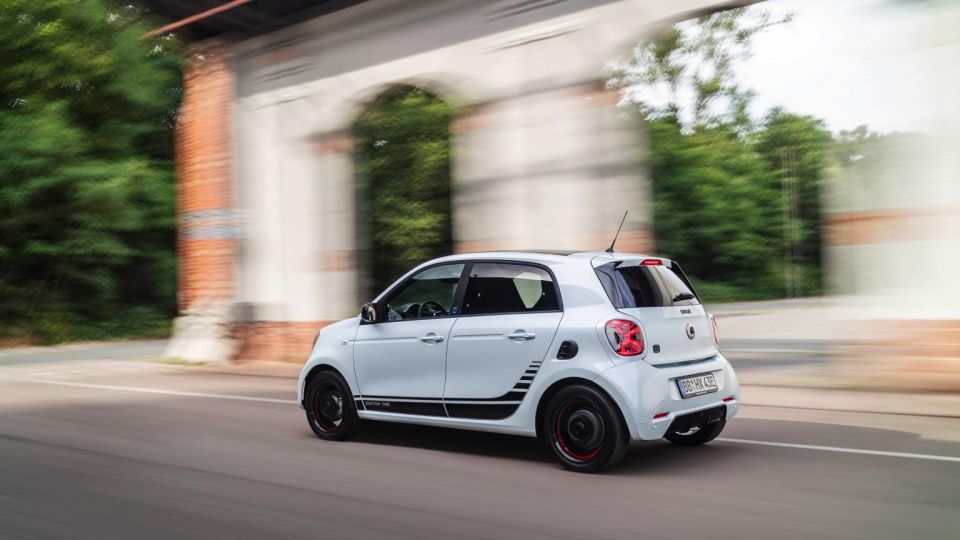
Additionally, Mercedes-Benz’s sub-brand offers the Smart EQ Fortwo Cabrio with a removable hard top roof for around $40,500 (€24,565), and the EQ Forfour for those who need more seats at $36,400 (€22,030).
The Smart brand was axed in 2015 Down Under, but remains in Europe only.
It has since been transformed into being an electric-only car company.
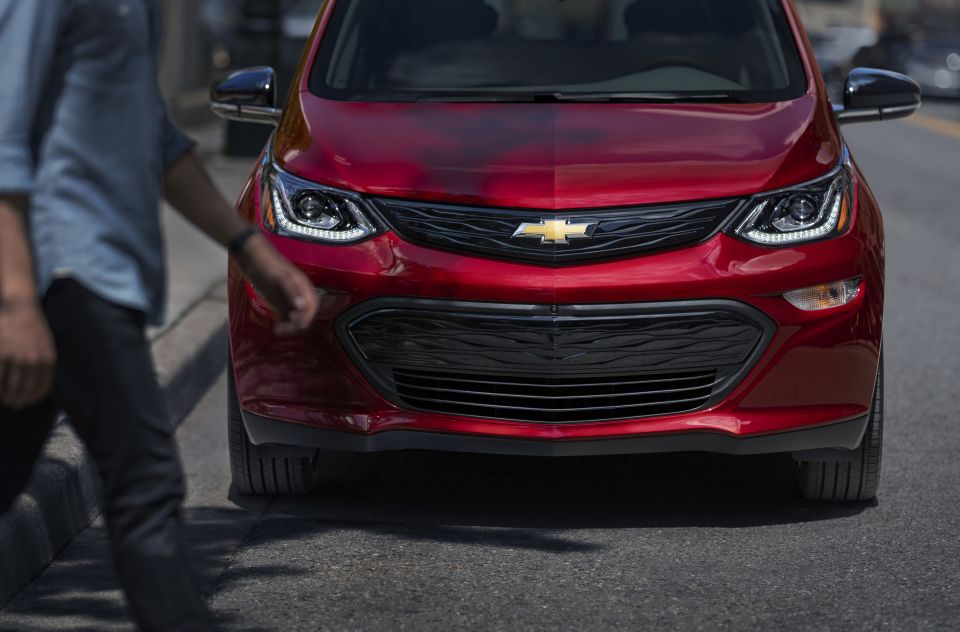
The Honda Jazz has long been applauded for its compact size outside and spacious cabin. If you want a battery-electric powered version, however, the Chevrolet Bolt EV comes quite close.
Sold in the United States and in Europe as the Opel Ampera-e, it kicks off from around $51,000 (US$36,620) before on-road costs.
It can run for 423km on the WLTP cycle by way of its 58.0 kWh usable battery pack.
A refreshed Chevy Bolt was teased by General Motors this week. A new SUV-like designed version is expected to be offered in addition to the hatchback.
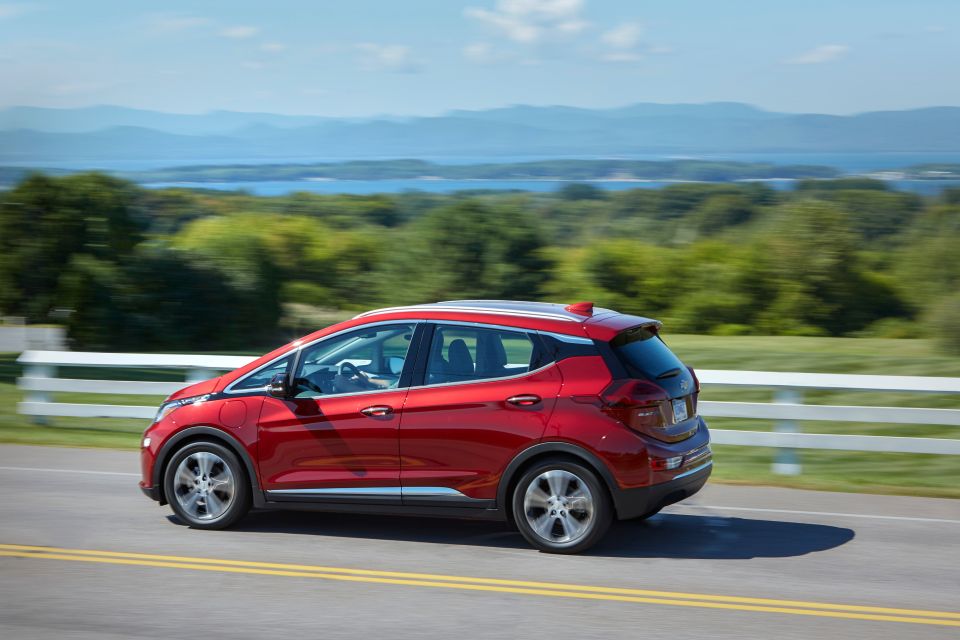
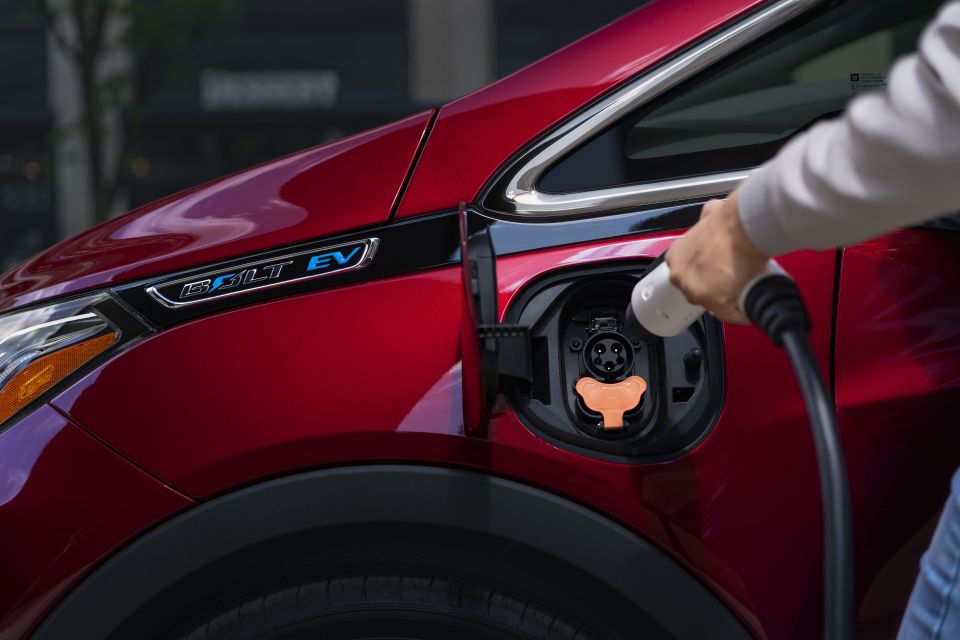
Surprisingly, Holden briefly sold the first-generation Volt in Australia. Similar to the BMW i3 Range Extender (REX), it paired a lithium-ion battery with a nifty 1.4-litre petrol engine to charge the battery when flat.
The Holden Volt met its demise three-years after its launch in 2015 due to a mere 247 units being sold.
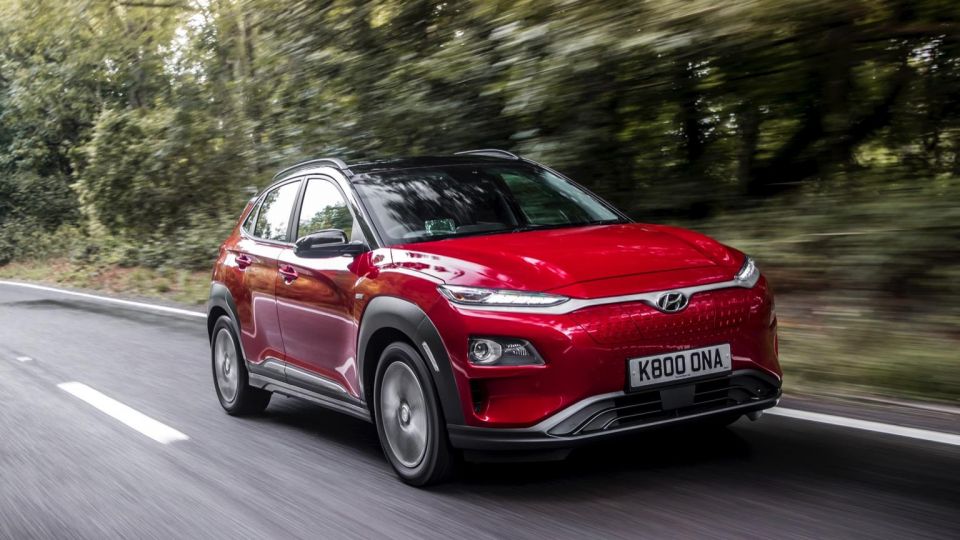
We love crossover SUVs, so the Hyundai Kona Electric is the only mainstream model – besides the upcoming MG eZS – to offer a high-riding body style in pure-electric form.
However, Australia only gets the more expensive Kona Electric with a larger 64kWh battery pack (usable).
Sure, it yields an impressive 484km of range on the WLTP test cycle, but it does cost from $60,740 before on-road costs – more than double a petrol-powered base Hyundai Kona Go.
Overseas markets get the Kona Electric 39kWh (usable battery). It can only run for 305km on the WLTP testing cycle and does charge slower, but is a little bit cheaper at around $56,000 (€33,971).
A new facelifted model is due soon for the internal combustion engine-powered Kona, so expect the Kona Electric to follow.
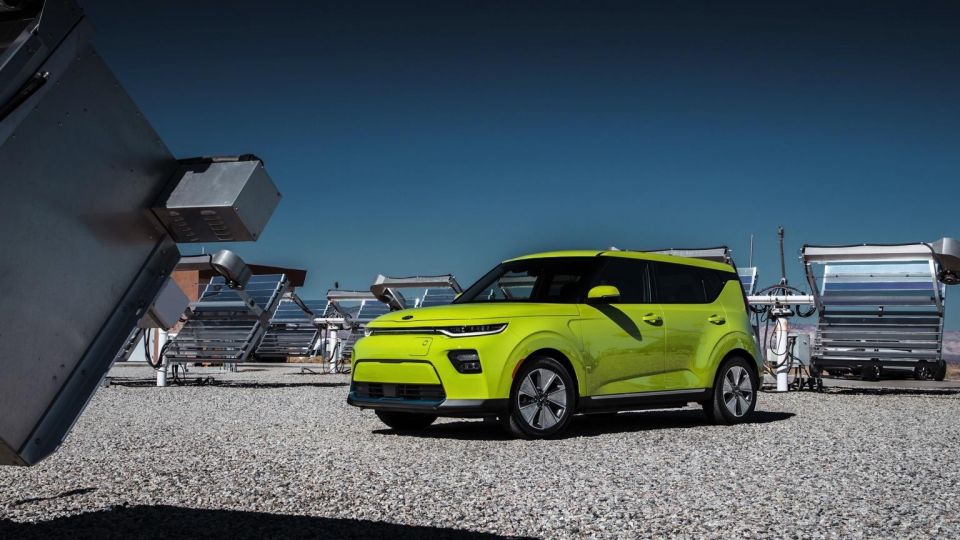
Kia Australia will soon enter the EV market Down Under with the launch of the Kia e-Niro small SUV sometime in 2022 on the back of multiple delays.
There were rumblings of the boxy Kia Soul returning in pure-electric guise. However, in our Q&A with Kia Australia COO, Damien Meredith, he only mentioned the e-Niro.
In most markets where the Kia e-Soul is currently sold, it comes with two battery choices – a 39kWh or 64kWh pack (usable) that are used in the current Hyundai EV line-up. This means it yields 276km of range and 452km respectively on the WLTP.
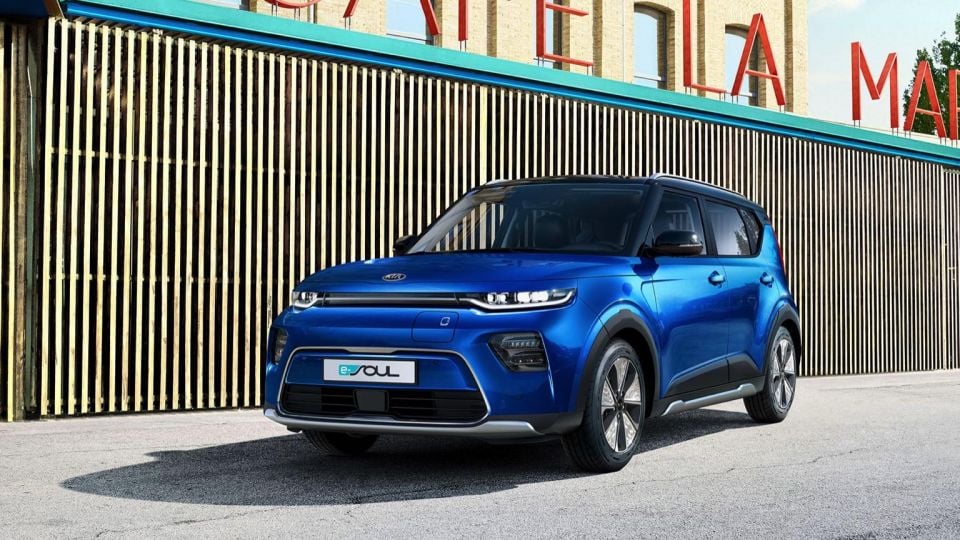
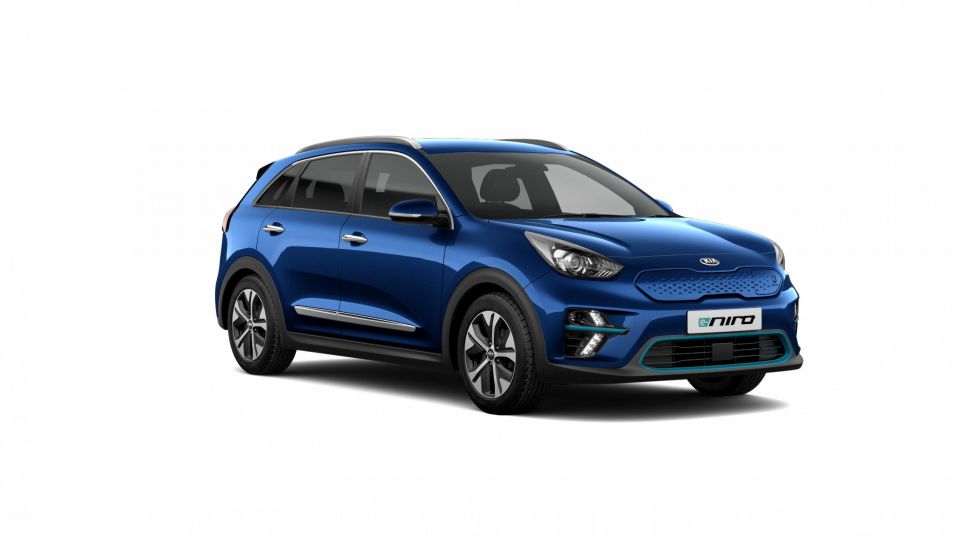
Pricing for the funky e-Soul 39kWh starts from $54,600 (€33,133) and the larger 64kWh option is slightly pricier from around $60,700 (€36,837) – both undercutting the more conservatively-designed Kia e-Niro.
The local arm axed the previous generation gas-guzzling Kia Soul last year due to lacklustre sales, but did promise the new e-Soul for a 2020/21 launch at the time. Of course, those plans have now changed.
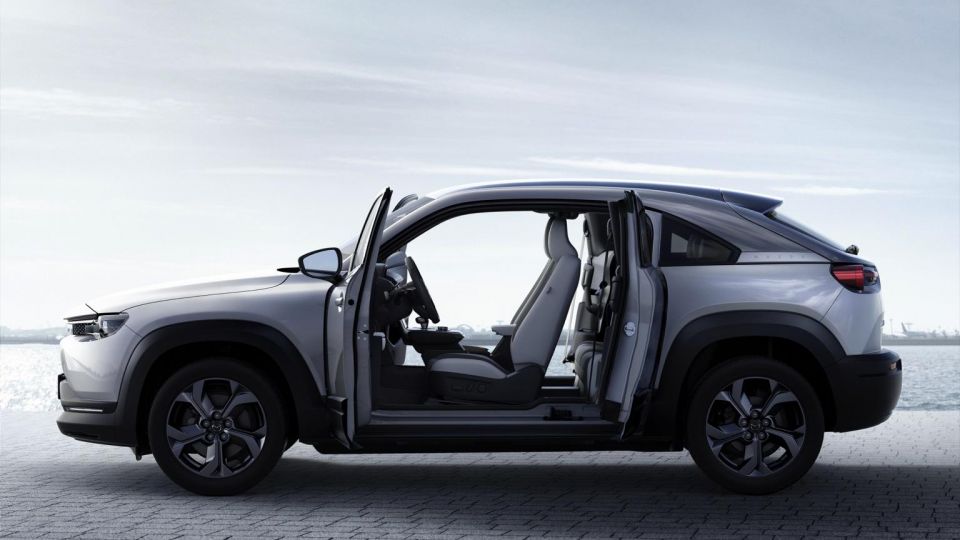
The Japanese manufacturer’s first electric vehicle remains on the radar for Australia. The Mazda MX-30 is based on the CX-30 but also has a bit on common with BMW i3 electric city car, with sustainable interior materials and ‘suicide’ rear doors that open outwards.
The pre-order books are now open in Europe where the MX-30 will start from around $53,800 (€32,646).
The pure-electric small SUV contains a 32kWh usable lithium-ion battery that results in 200km of range according to the WLTP.
Deliveries are scheduled in Europe for early 2021. Mazda will also offer a mild-hybrid version of the MX-30.
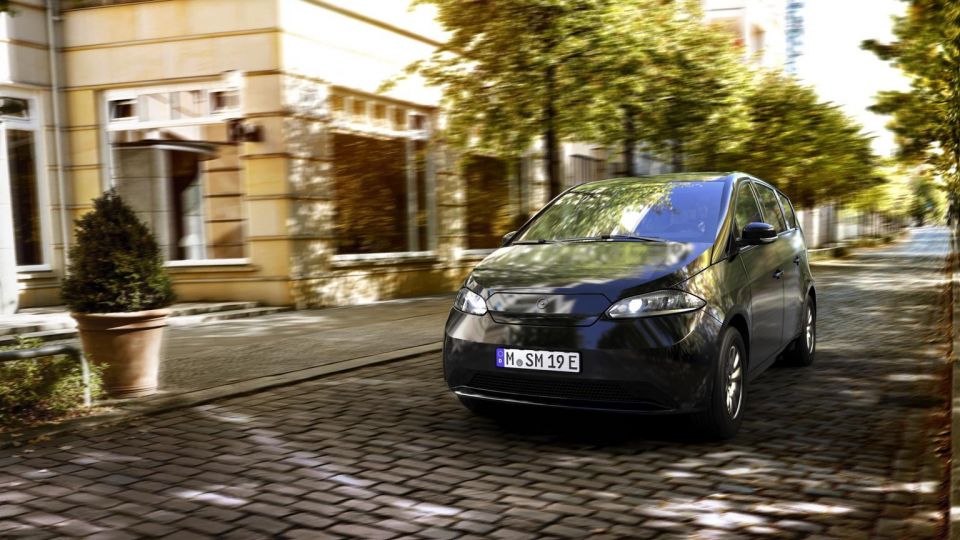
Sono Motors is a relatively unknown name, but its first model aims to bring an affordable and practical battery-electric vehicle for the masses. The German start-up started in 2012 – about the time when Tesla went on the radar with the Model S large sedan.
The Sono Sion, will be a five-seater hatchback produced in Sweden and is designed for car sharing in mind. It’ll land in Europe from 2022 with a starting price of around $42,000 (€25,500), packing a liquid-cooled 35kWh usable battery.
The Sion has a WLTP tested range of 255km. In addition to the Type 2 CCS fast charge port, it integrates solar panels on the roof and all around the car to add a claimed 34km per day based on German weather conditions. That feature would make it particularly attractive for sunny (mostly) Australia.
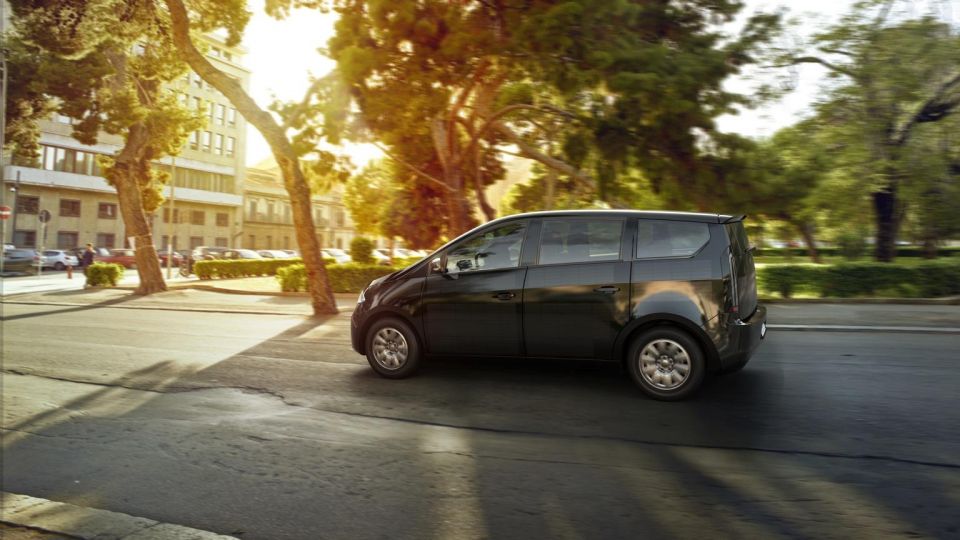

It also supports bi-directional charging for powering up another electric vehicle, or vehicle-to-grid systems.
Inside, there’s an island moss on the dashboard to provide a “pleasant indoor climate by regulating humidity” and also filters up to 20 per cent of particulate matter from the air, according to Sono.
Australian availability hasn’t been confirmed, yet.
Which electric vehicle models would you like to see Down Under? Let us know in the comments!


Damion Smy
1 Hour Ago


Damion Smy
3 Hours Ago


Matt Robinson
5 Hours Ago


Damion Smy
5 Hours Ago


Damion Smy
20 Hours Ago


Damion Smy
21 Hours Ago